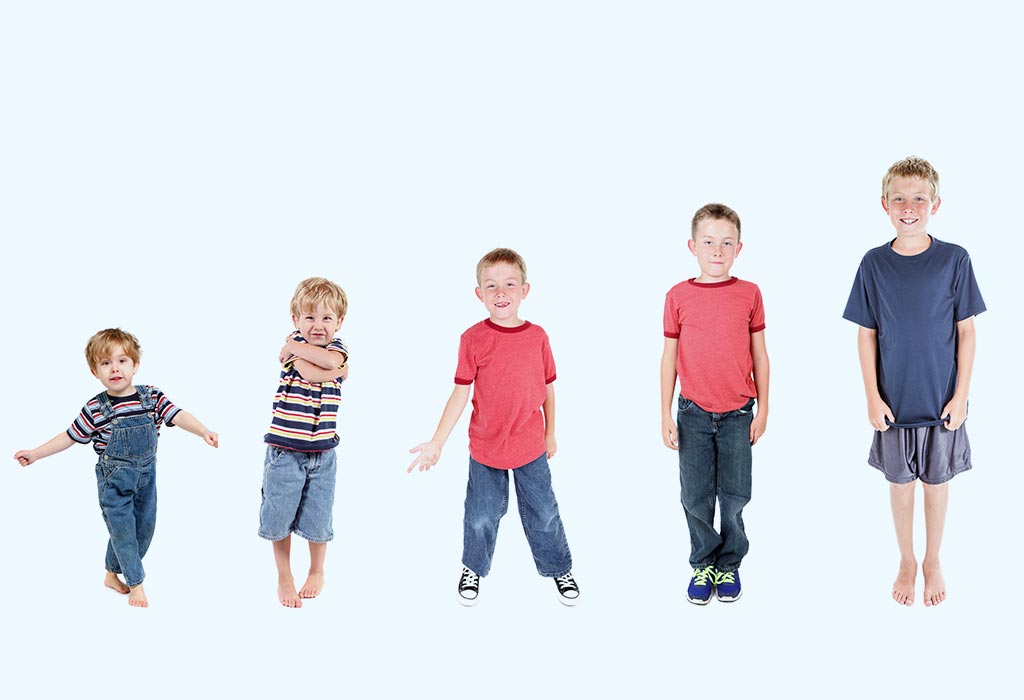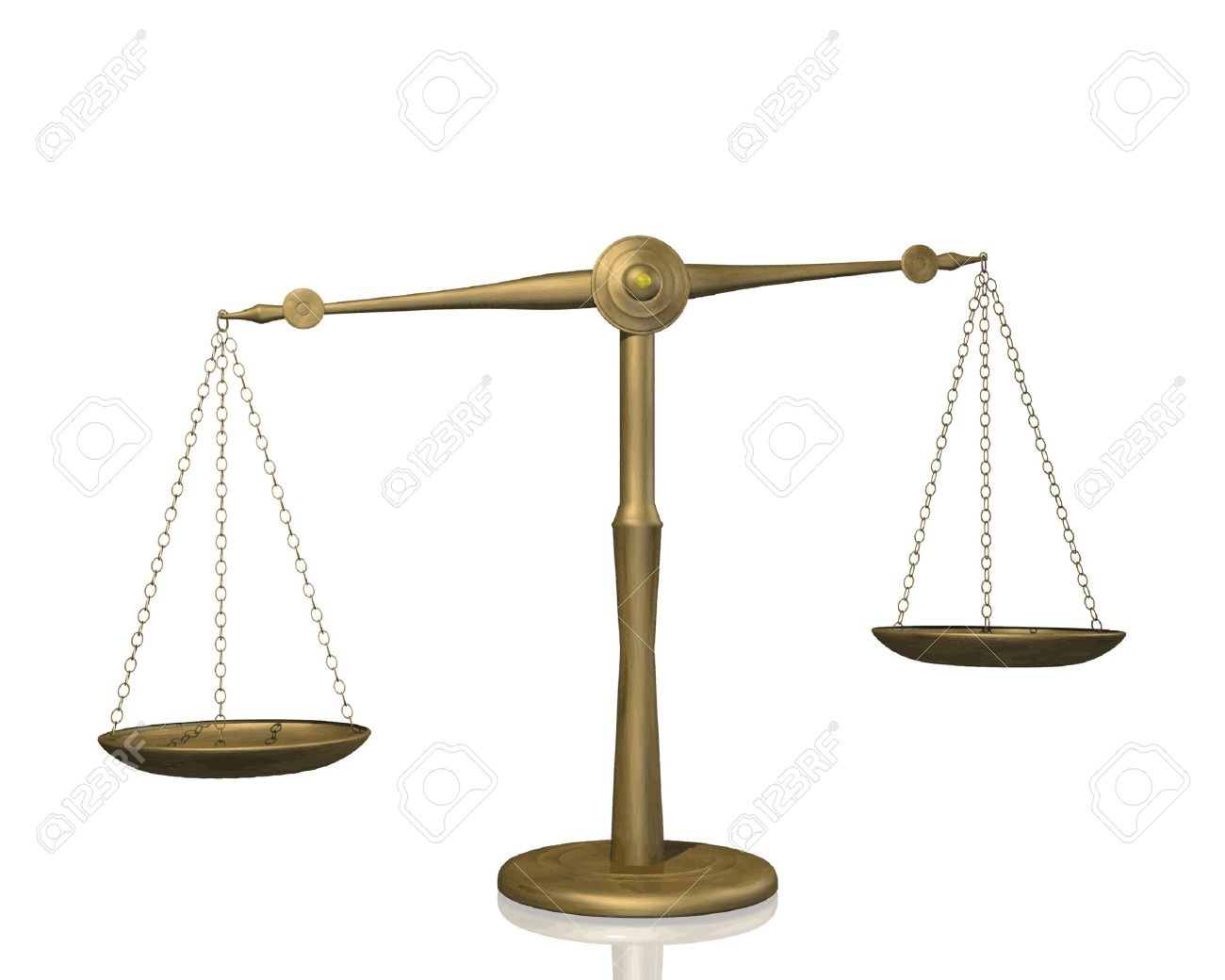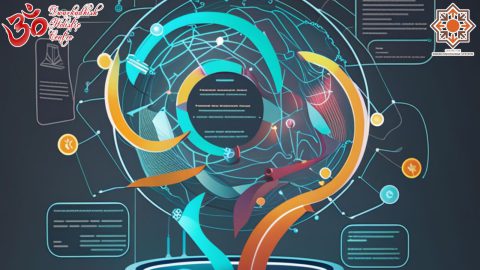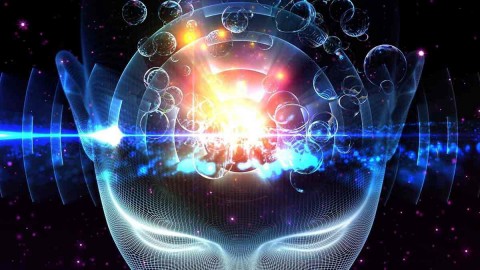Types and Usage
Child Development:
At each stage of development your child is learning in several areas at the same time. A toddler is learning to walk (physical), learning colors (intellectual), is uncomfortable with strangers (social), expressing feelings of independence (emotional), and becoming aware of adult disapproval for misbehavior (moral).
There are five areas of human development:
Physical development: the changes in size, shape, and physical maturity of the body, including physical abilities and coordination.
Intellectual development: the learning and use of language; the ability to reason, problem-solve, and organize ideas; it is related to the physical growth of the brain.
Social development: the process of gaining the knowledge and skills needed to interact successfully with others.
Emotional development: feelings and emotional responses to events; changes in understanding one’s own feelings and appropriate forms of expressing them.
Moral development: the growing understanding of right and wrong, and the change in behavior caused by that understanding; sometimes called a conscience.
Special Characteristics of Children:
BECAUSE THEY ARE growing and developing, infants and children are different from adults in composition and metabolism as well as in physiological and biochemical processes.
Growth:
Physical growth is a regulated process that represents the sum of the processes of growth of individual cells, tissues, organs, and body systems. These components do not grow at the same rate, but each component has its own rate characteristics. Thus, it is possible to predict the composition of the body from one time to the next; however, the overall composition is never the same from moment to moment until growth processes are complete.
Normal Human Growth:
During infancy and adolescence, children are growing and adding new tissue more rapidly than during any other period in their postuterine life, but their various organs, tissues, and metabolic processes are maturing at different rates.
Human infants and children differ from human adults not only in size but also, and more importantly, in the relative immaturity of biochemical and physiological functions in major body systems; body composition in terms of proportions of water, fat, protein, and mineral mass, as well as the chemical constituents of these body components; the anatomic structure of organs; and the relative proportions of muscle, bone, solid organs, and brain. These structural and functional differences between neonates and adults can potentially influence the toxicity of pesticides, due to qualitative and quantitative alterations in the magnitude of systemic absorption, distribution, binding, metabolism, interaction of the chemical with cellular components of target organs, and excretion. Without detailed knowledge of all age-related physiological changes and their potential interactions, it is not possible to extrapolate the impact of xenobiotic effects from mature to young animals.
Tags: Be Watcher










